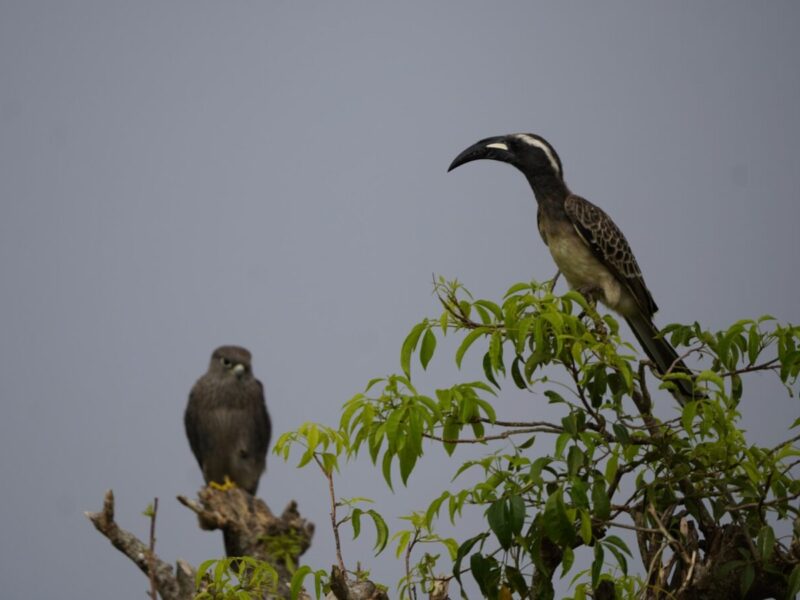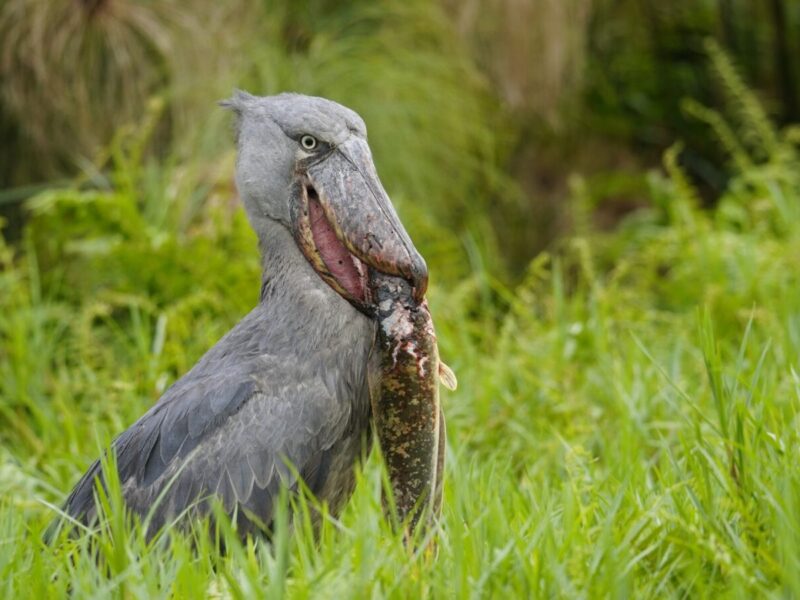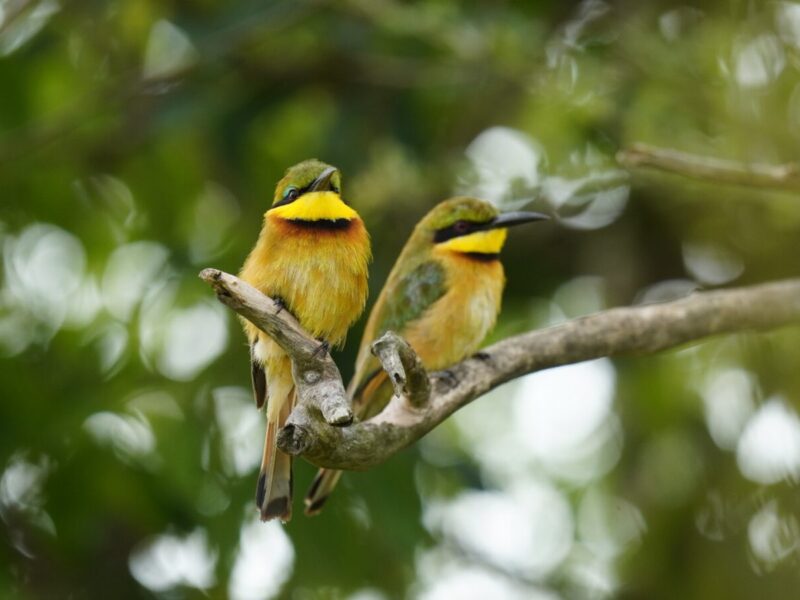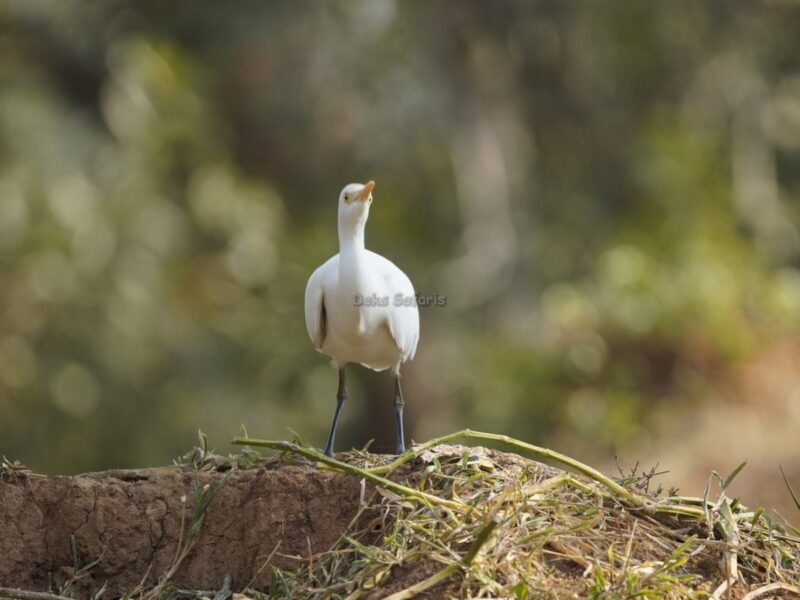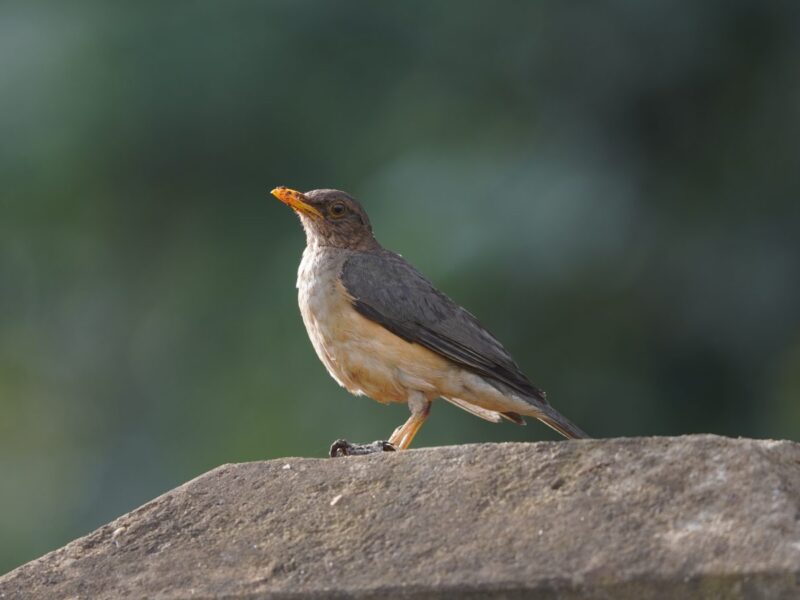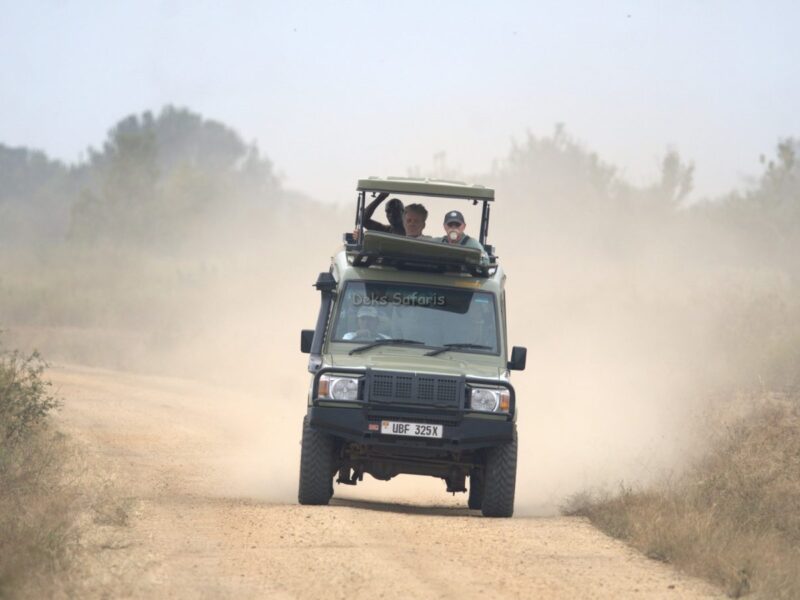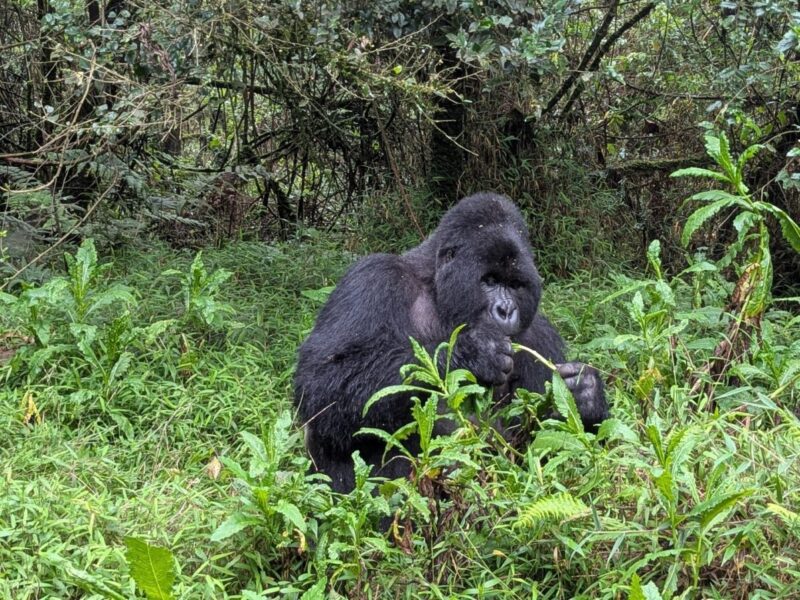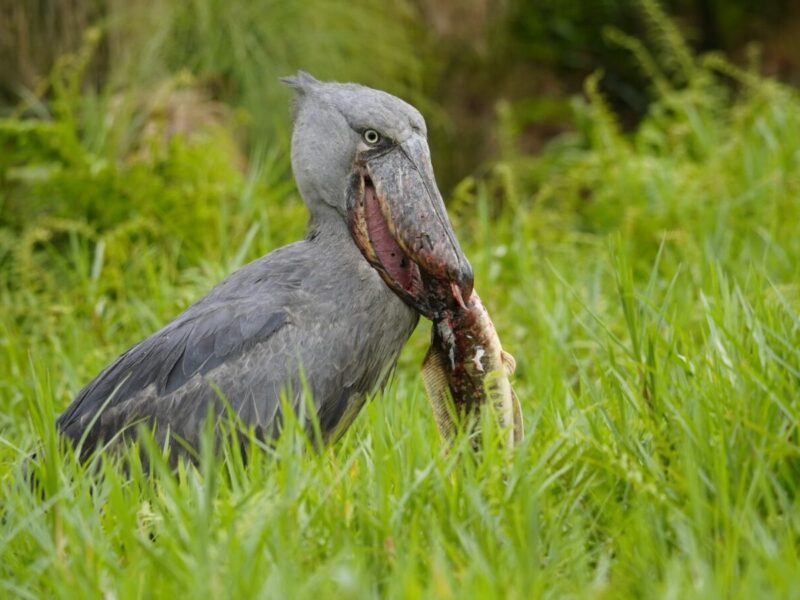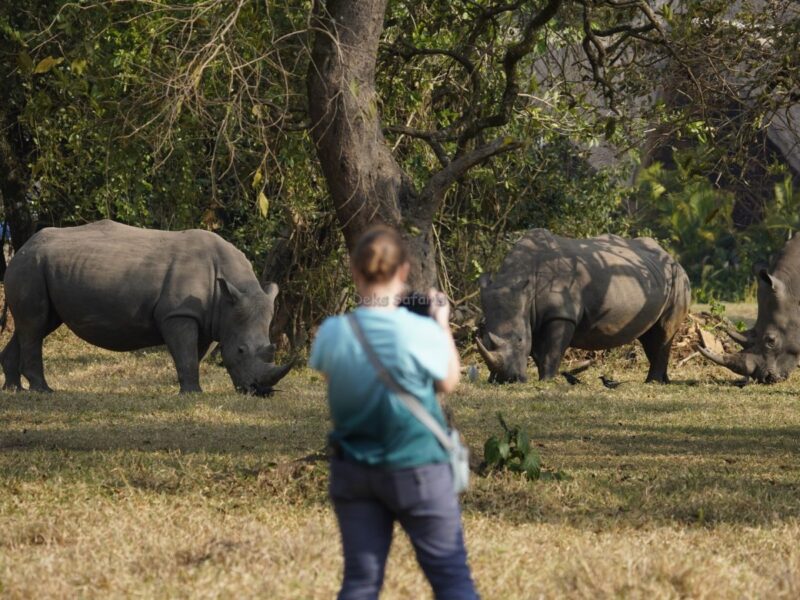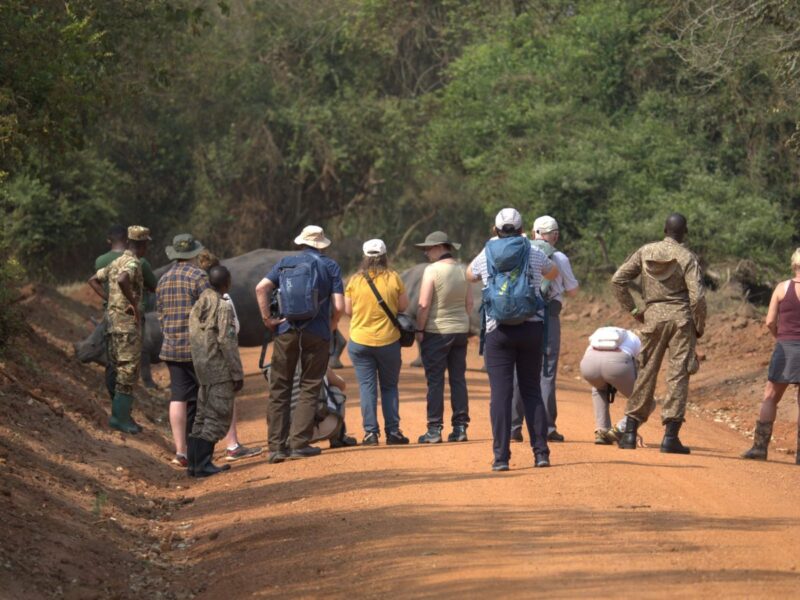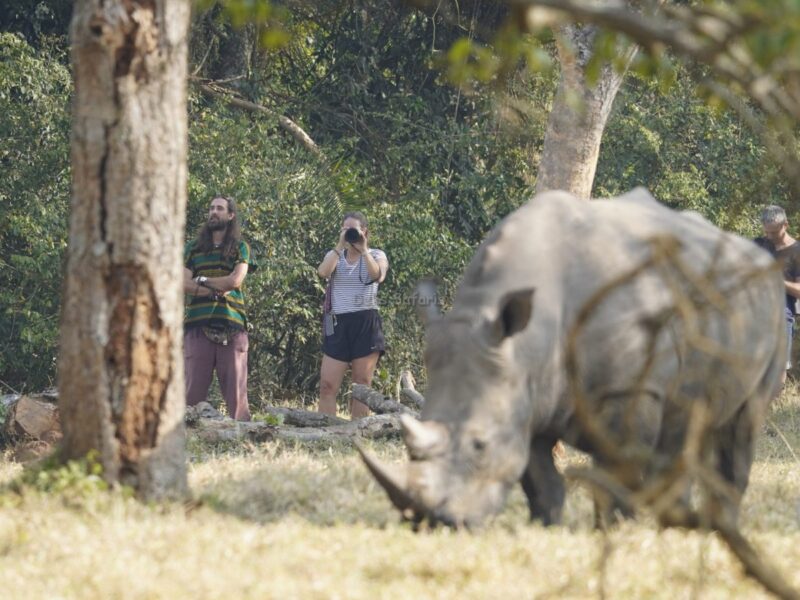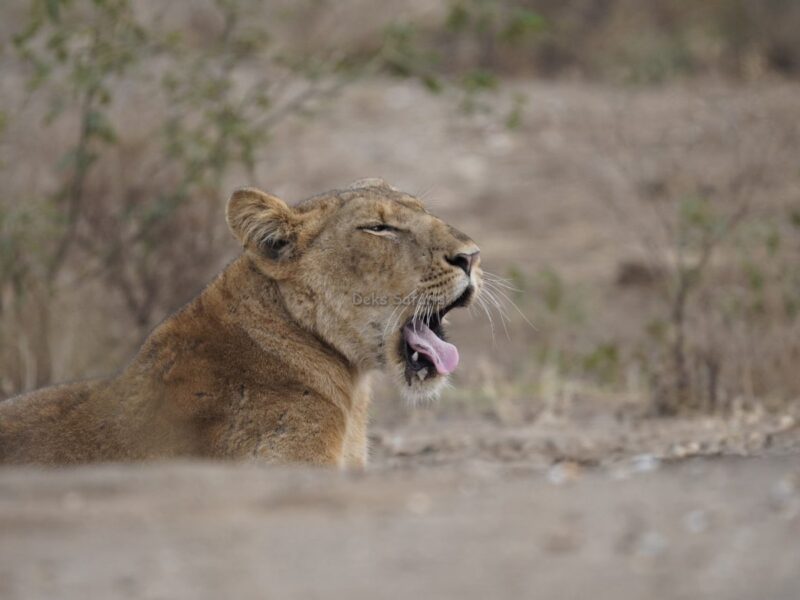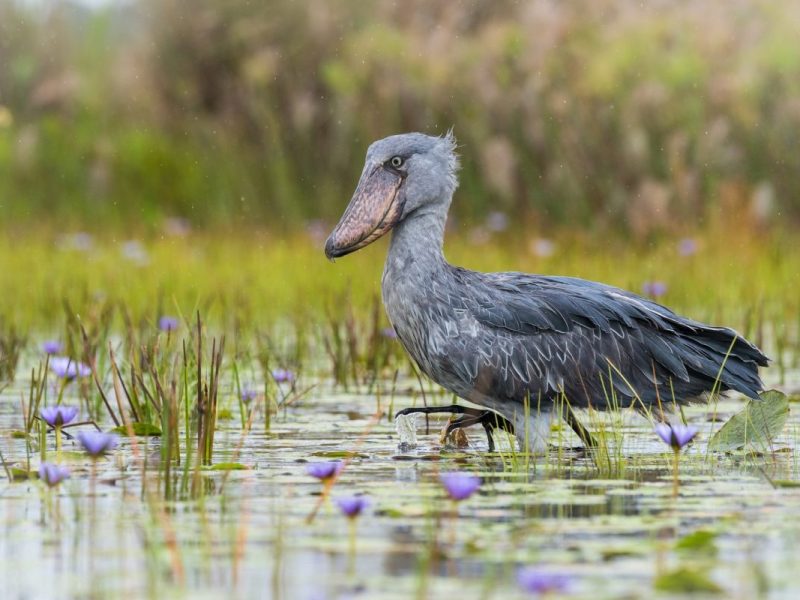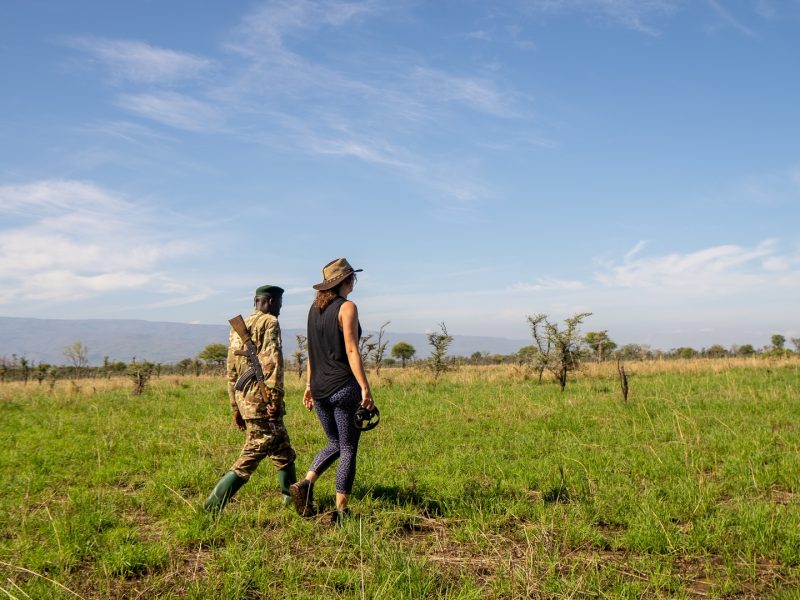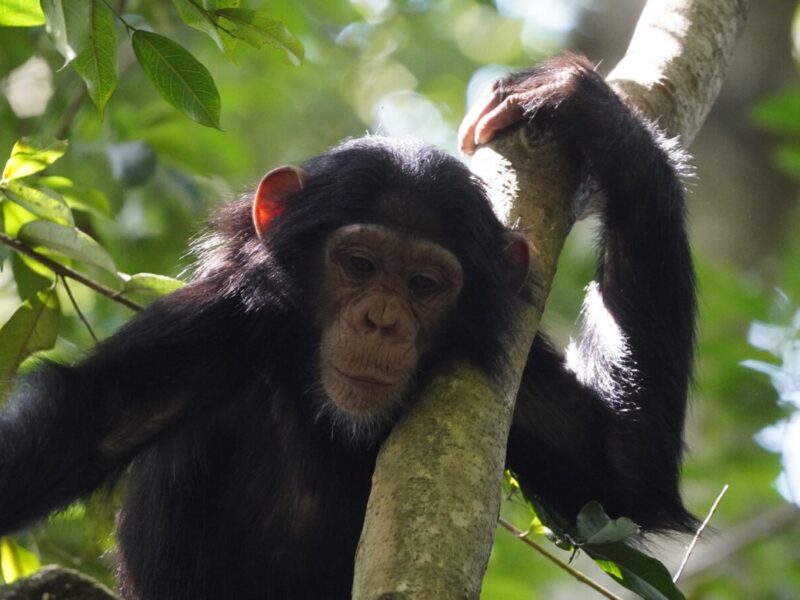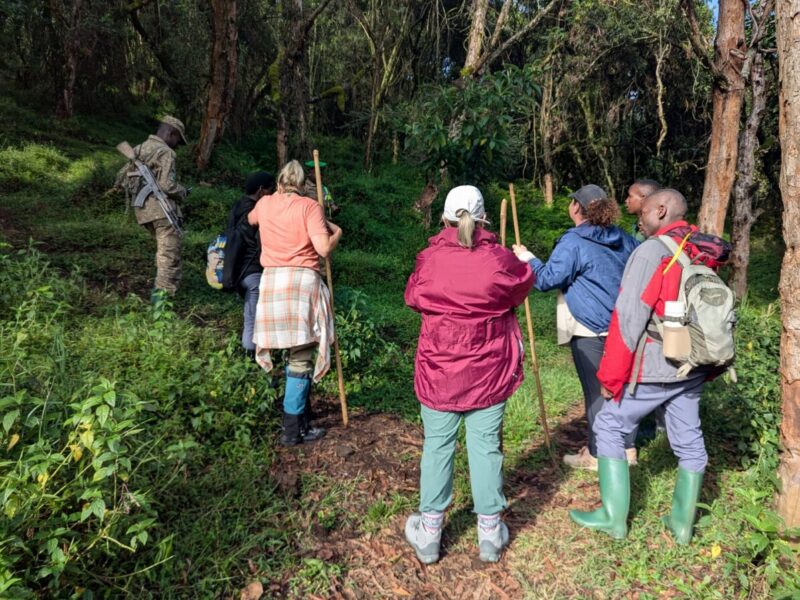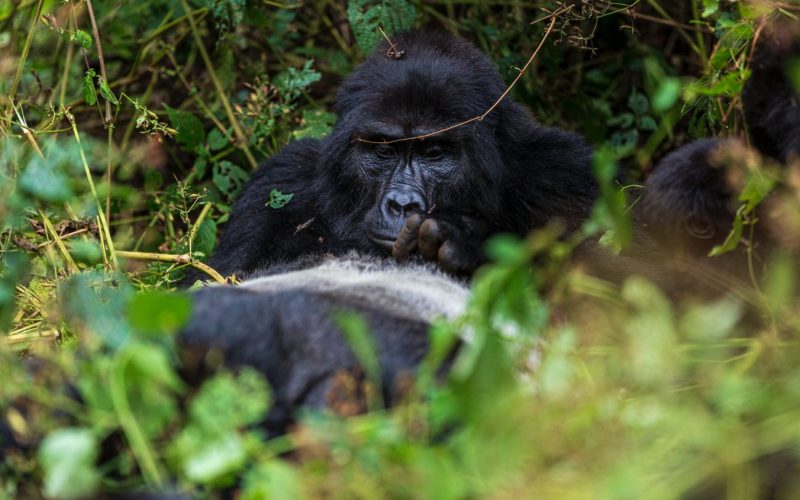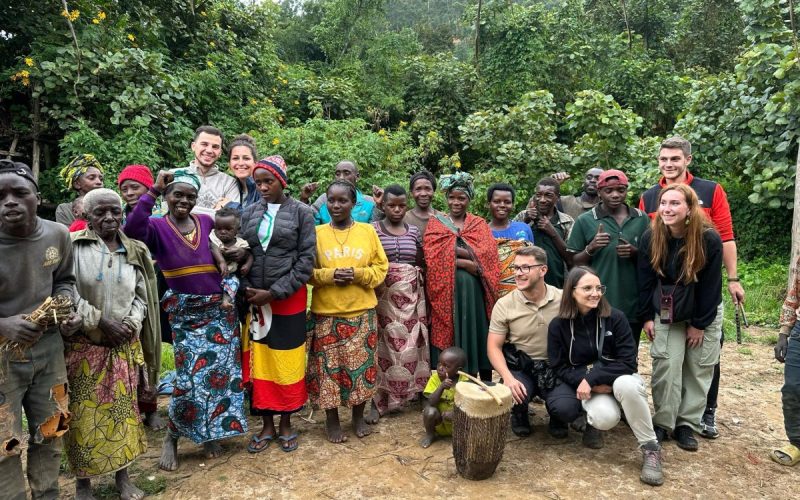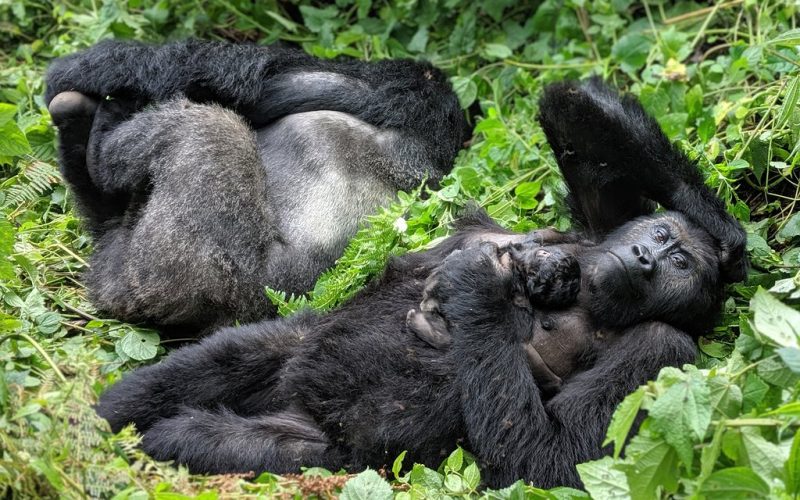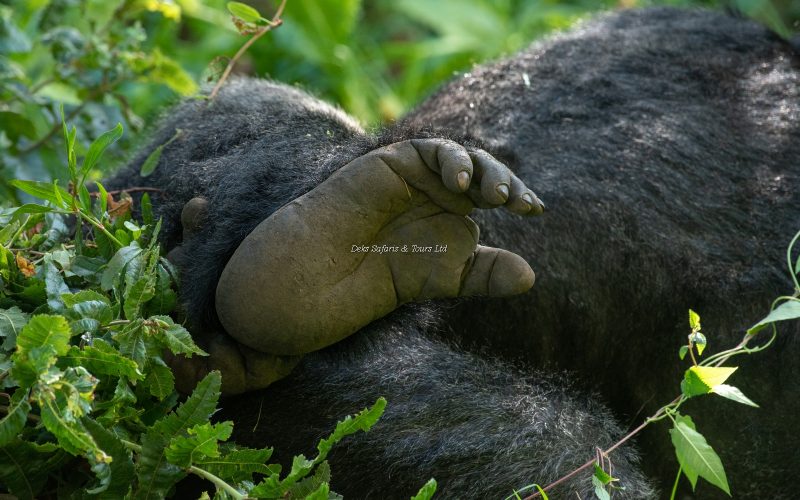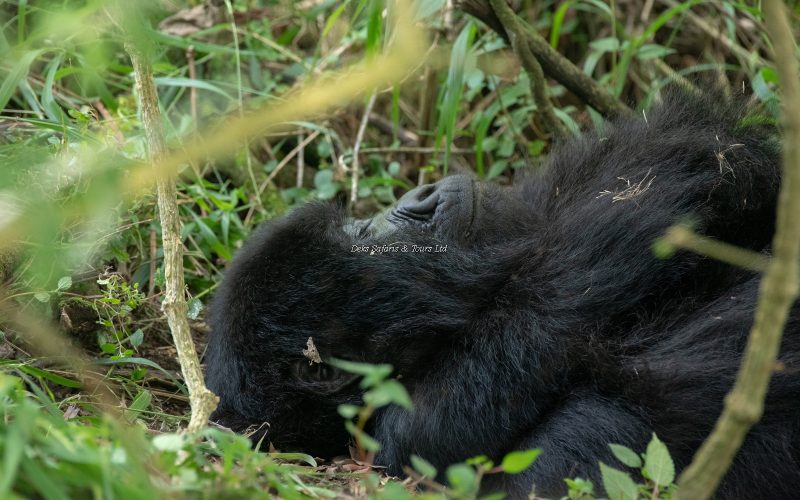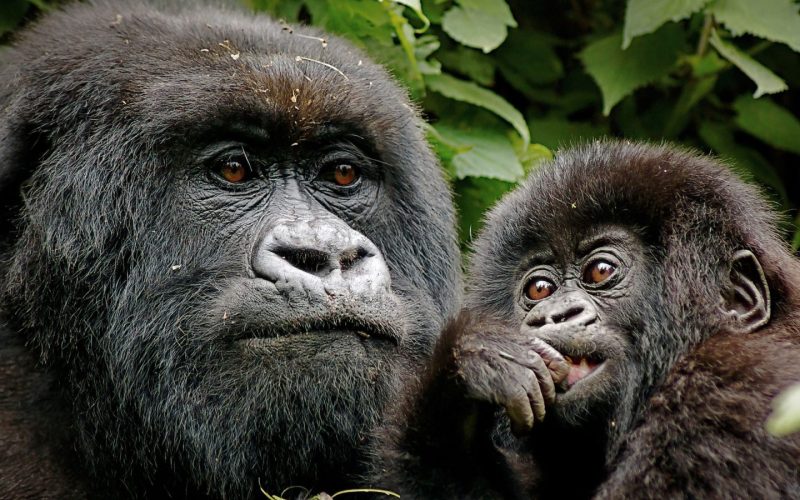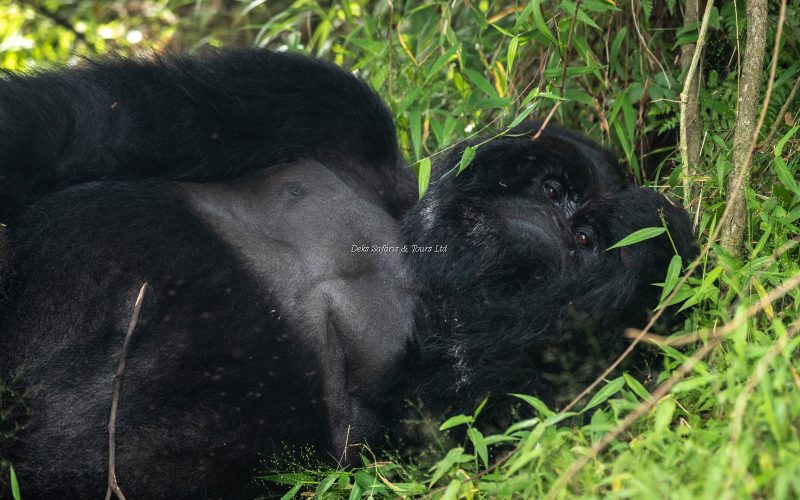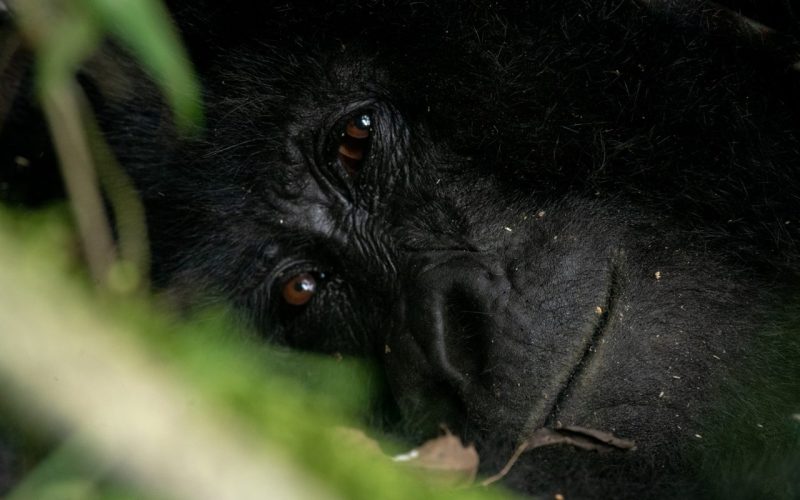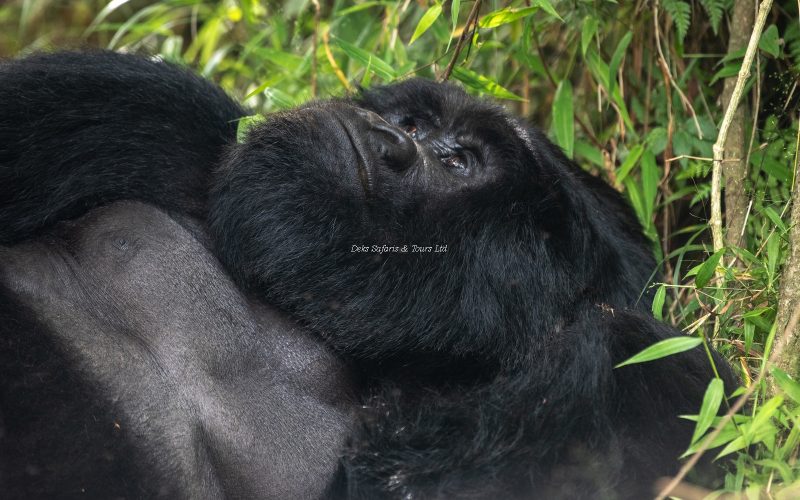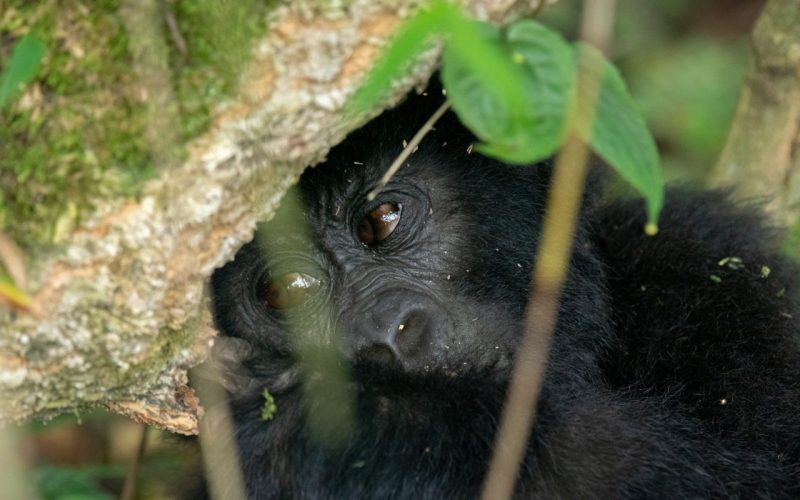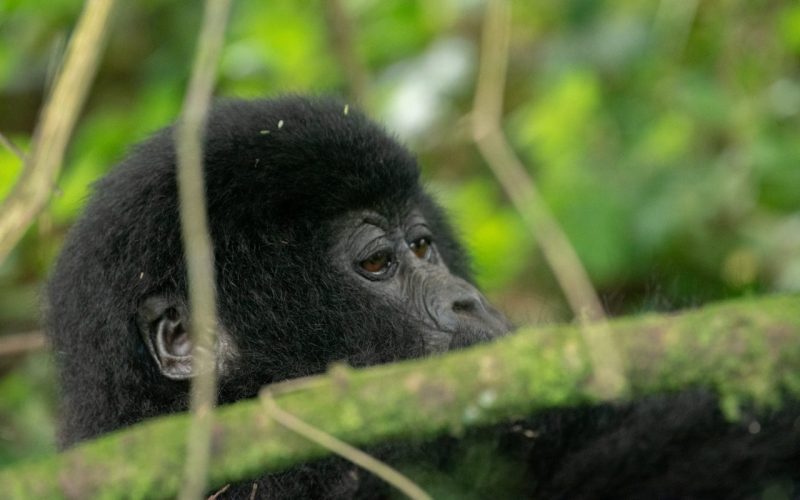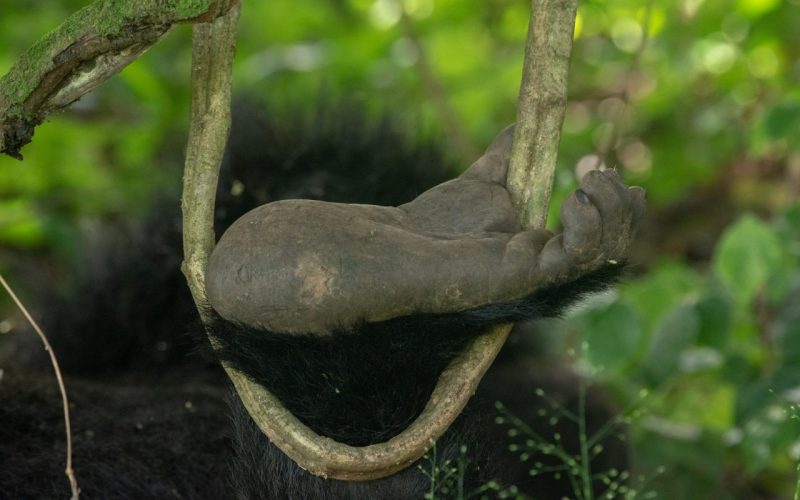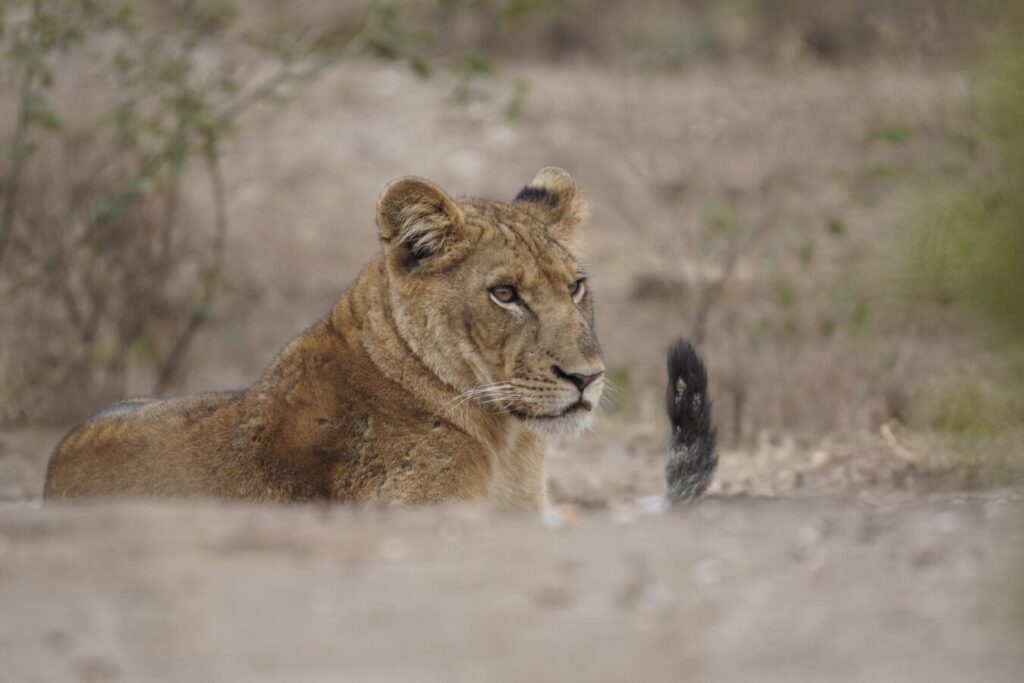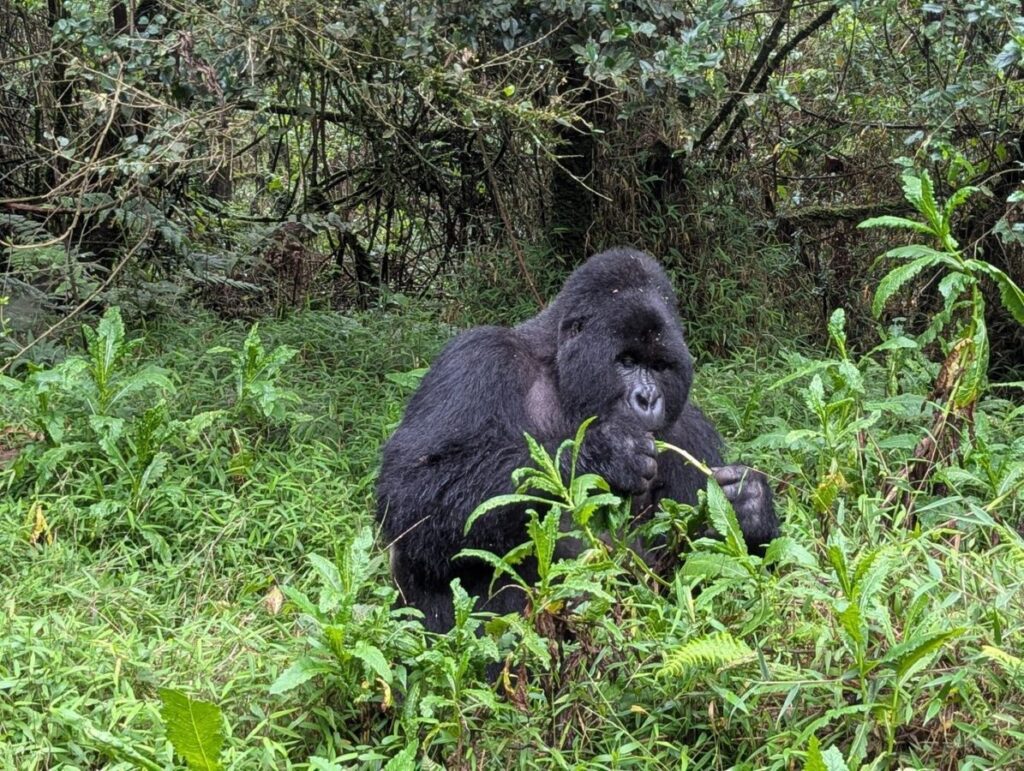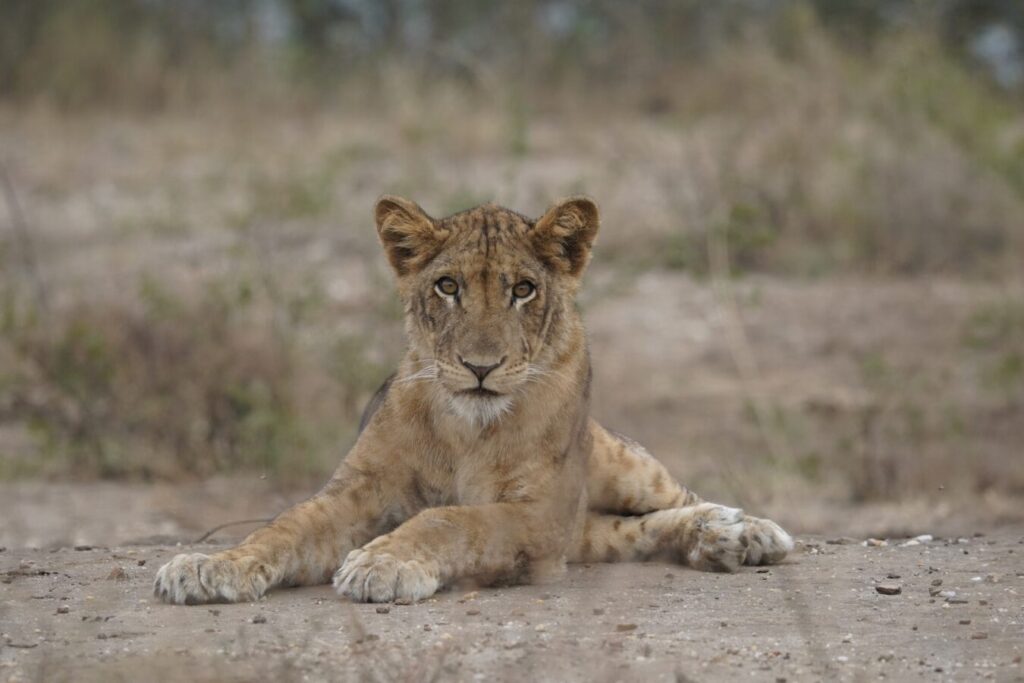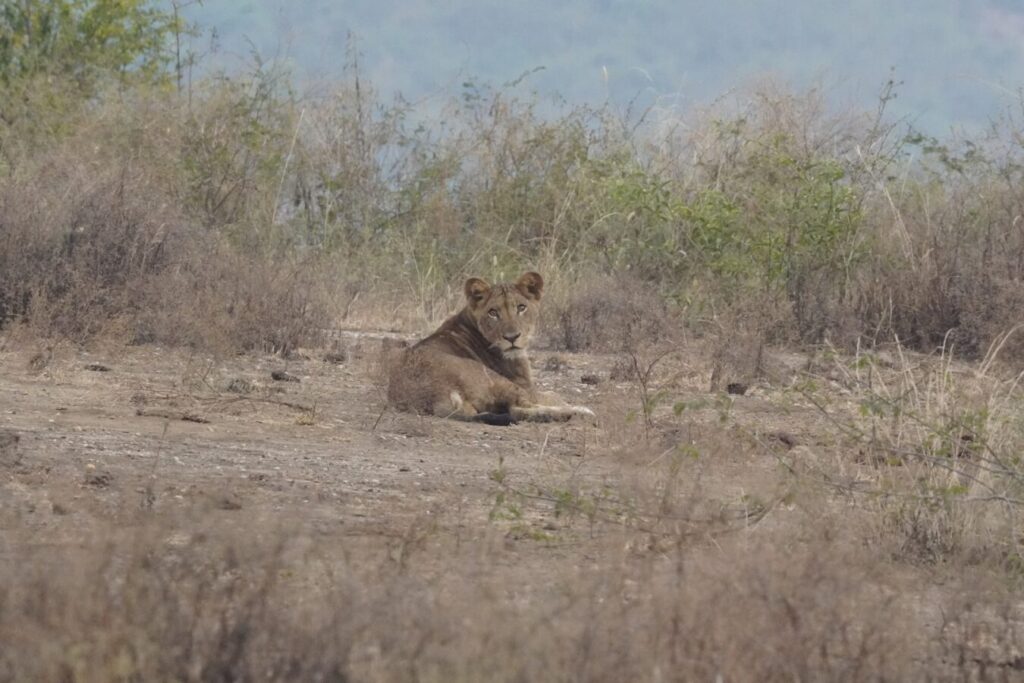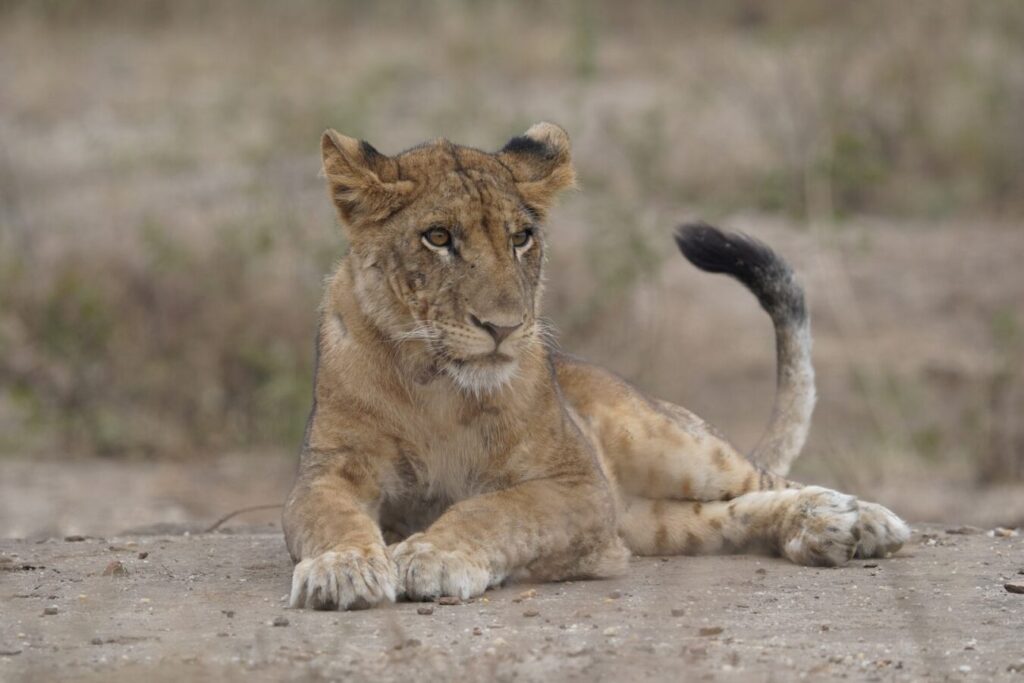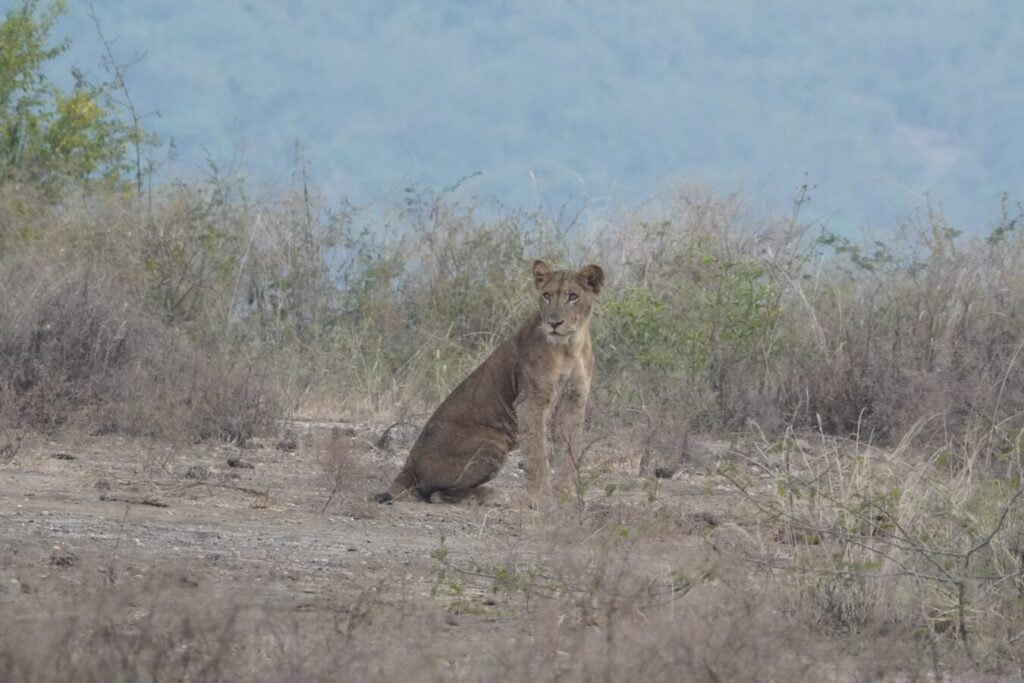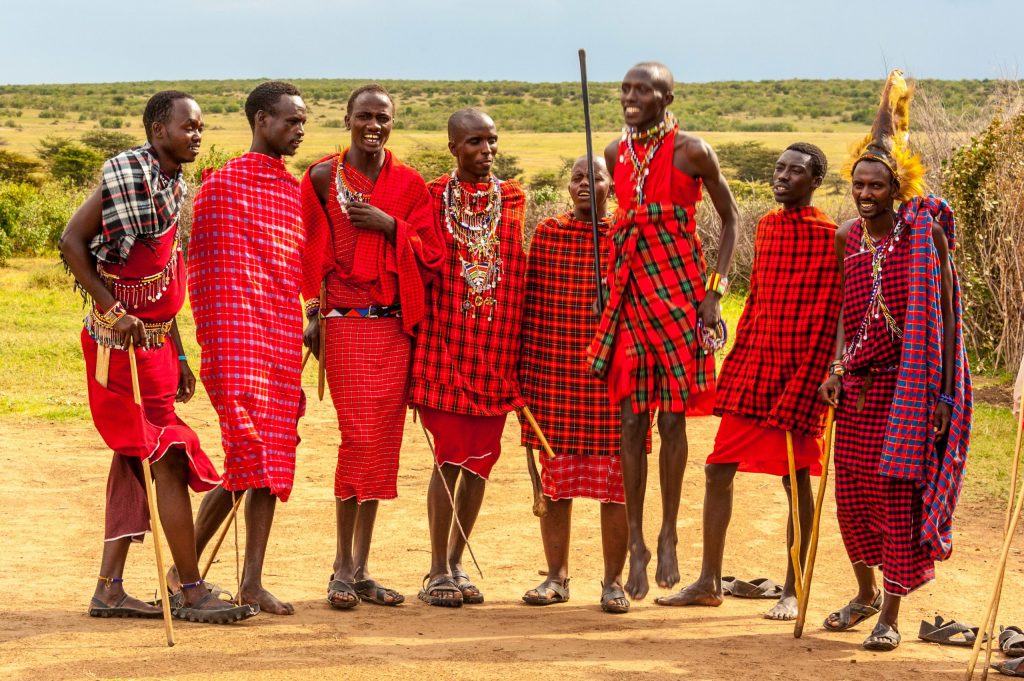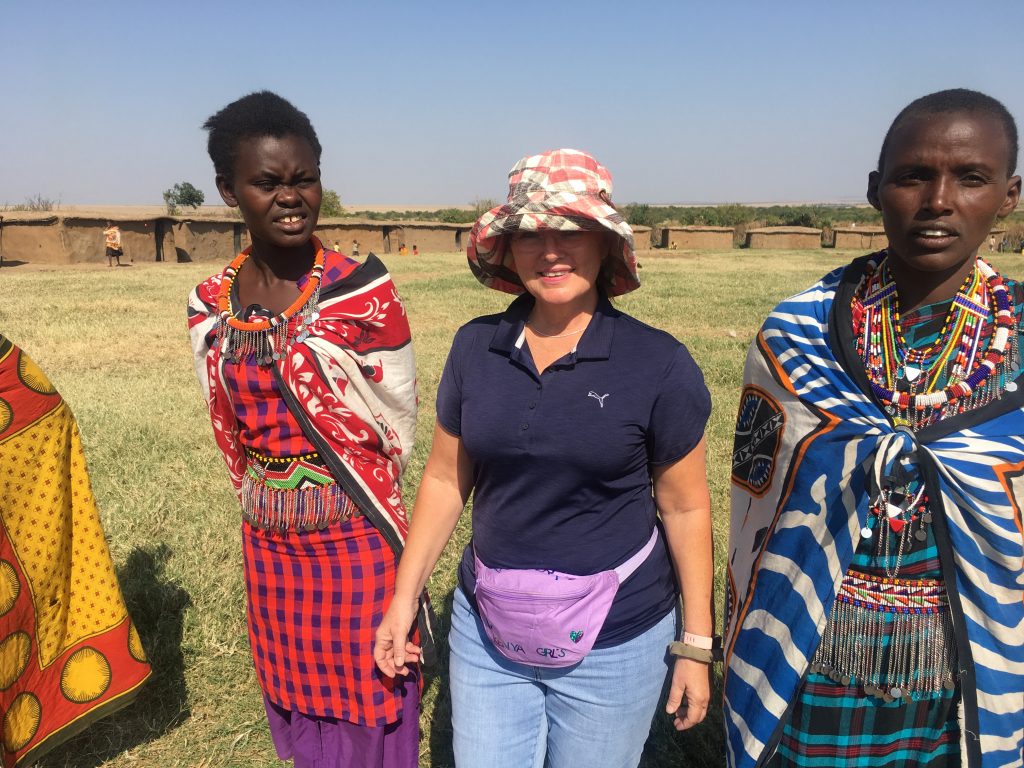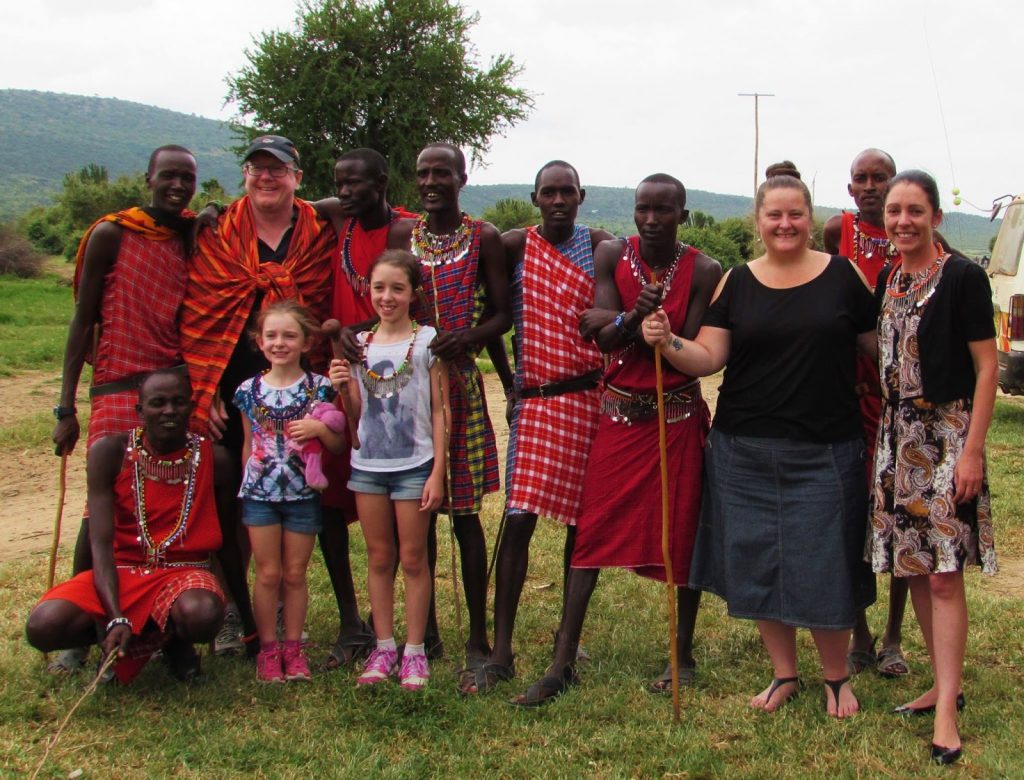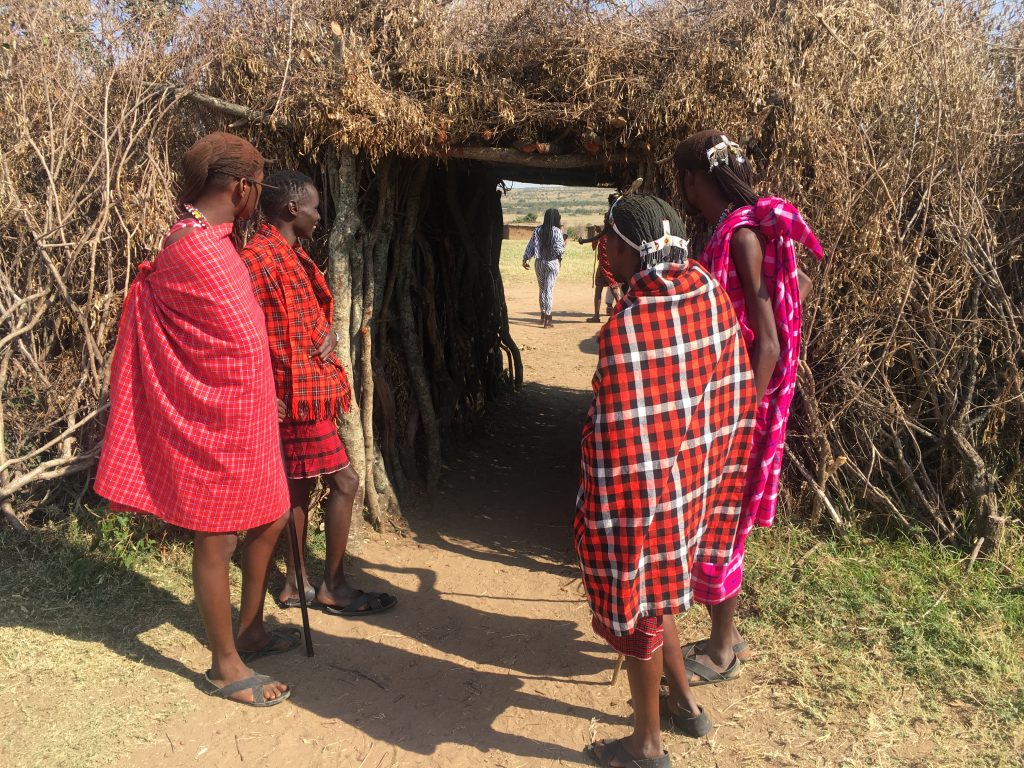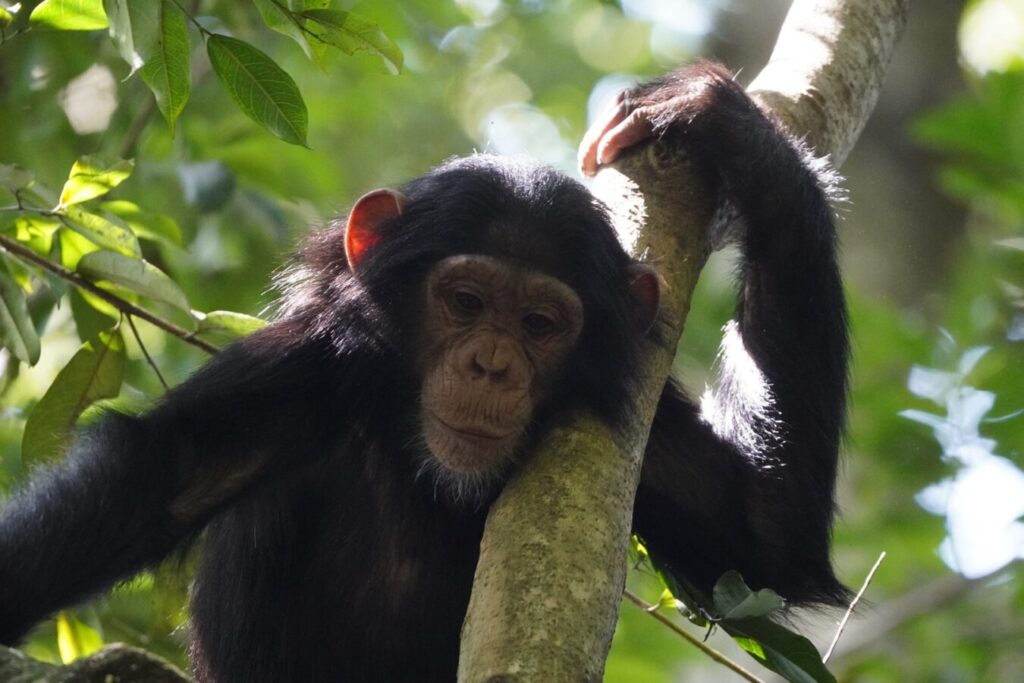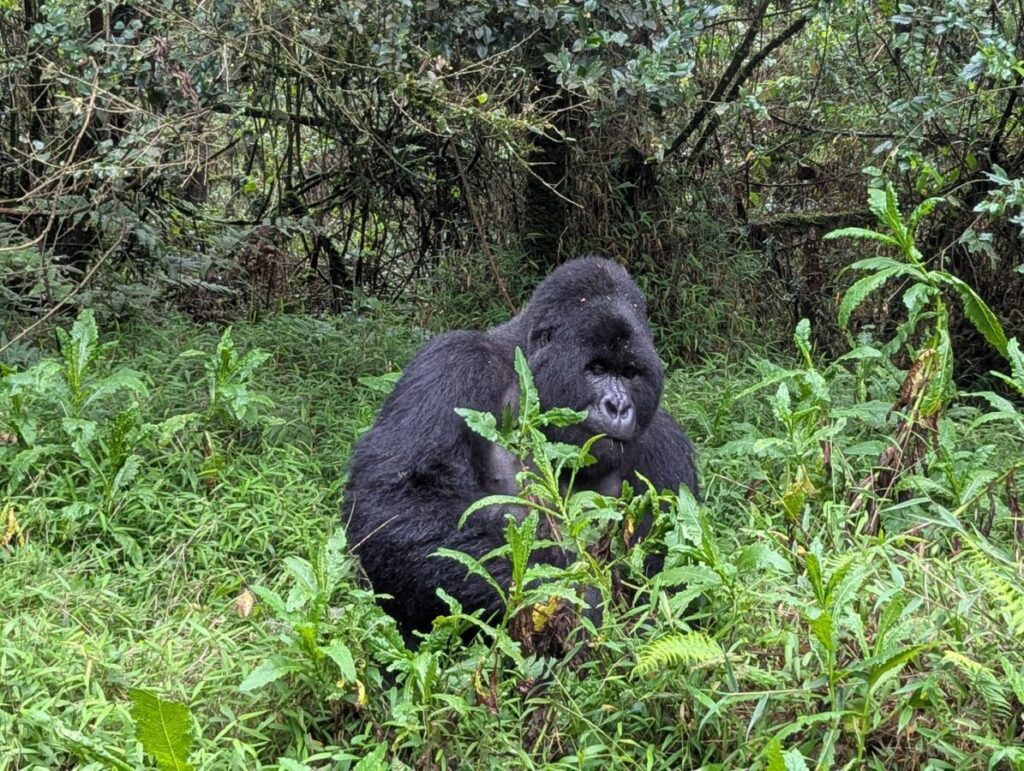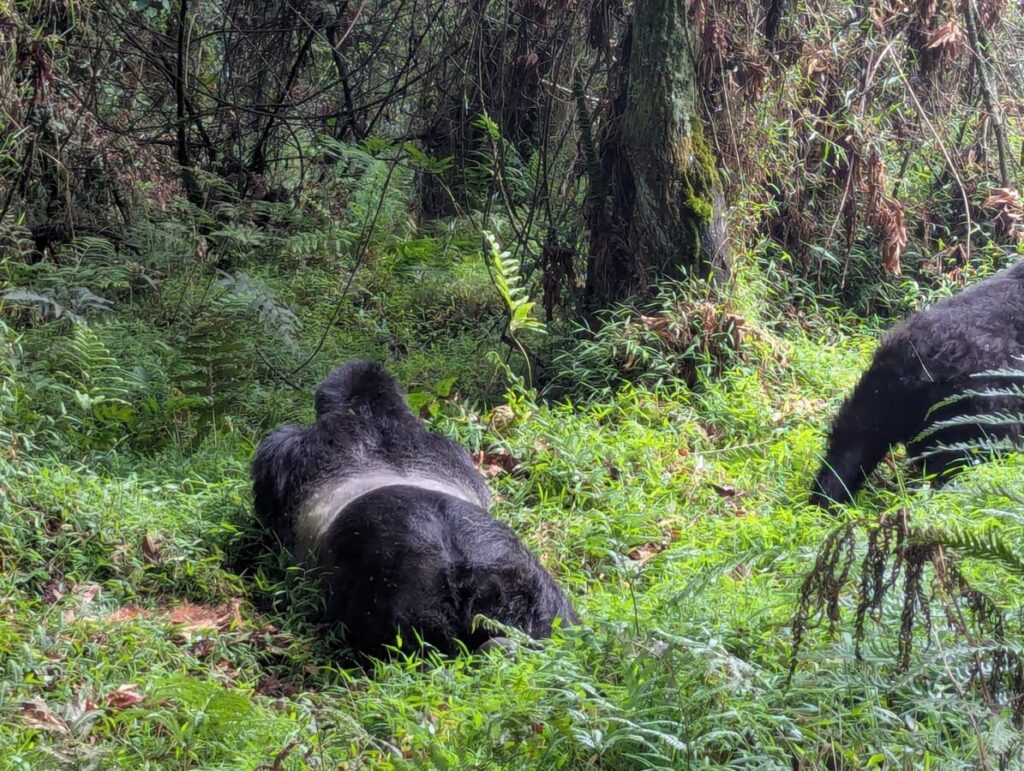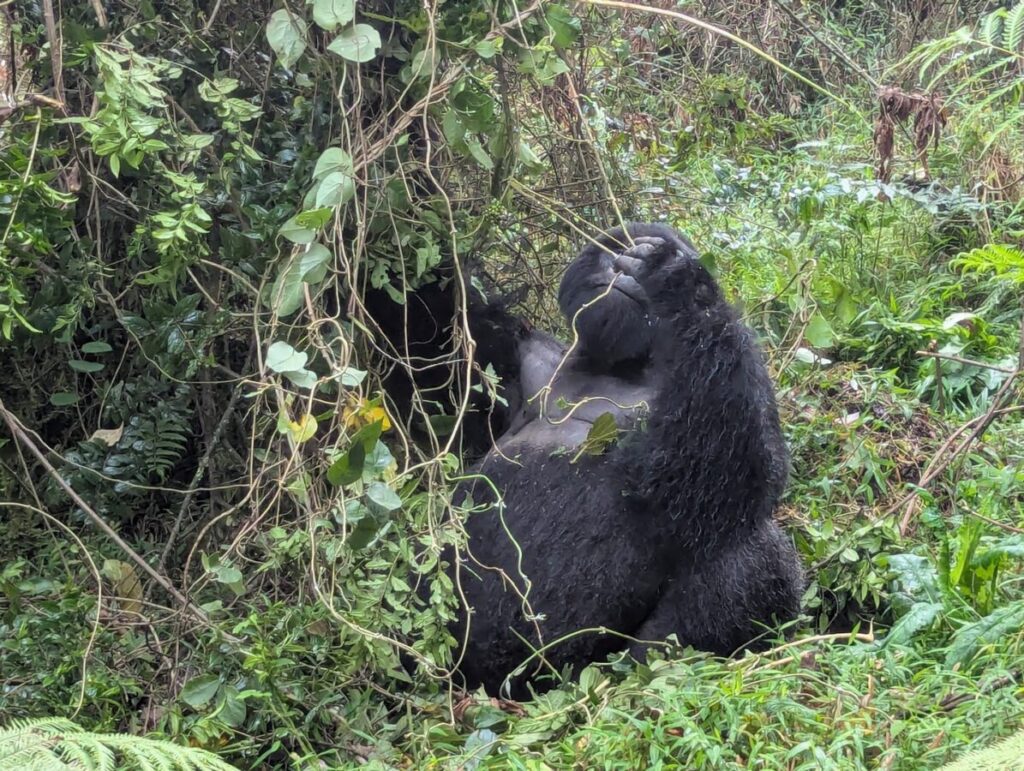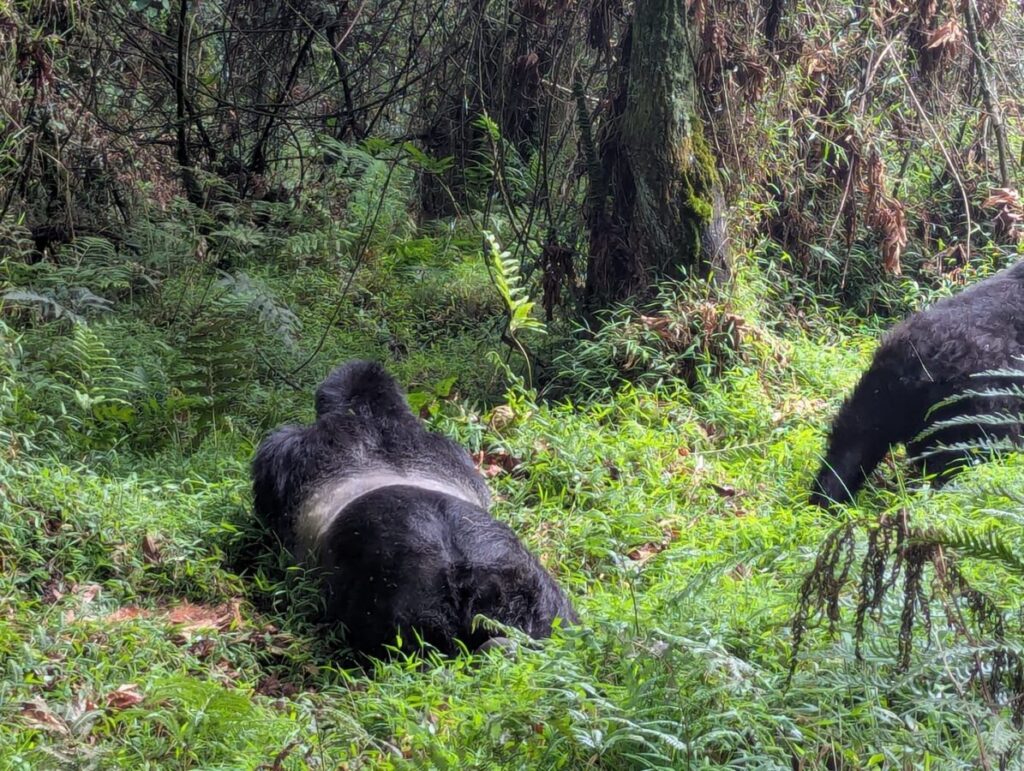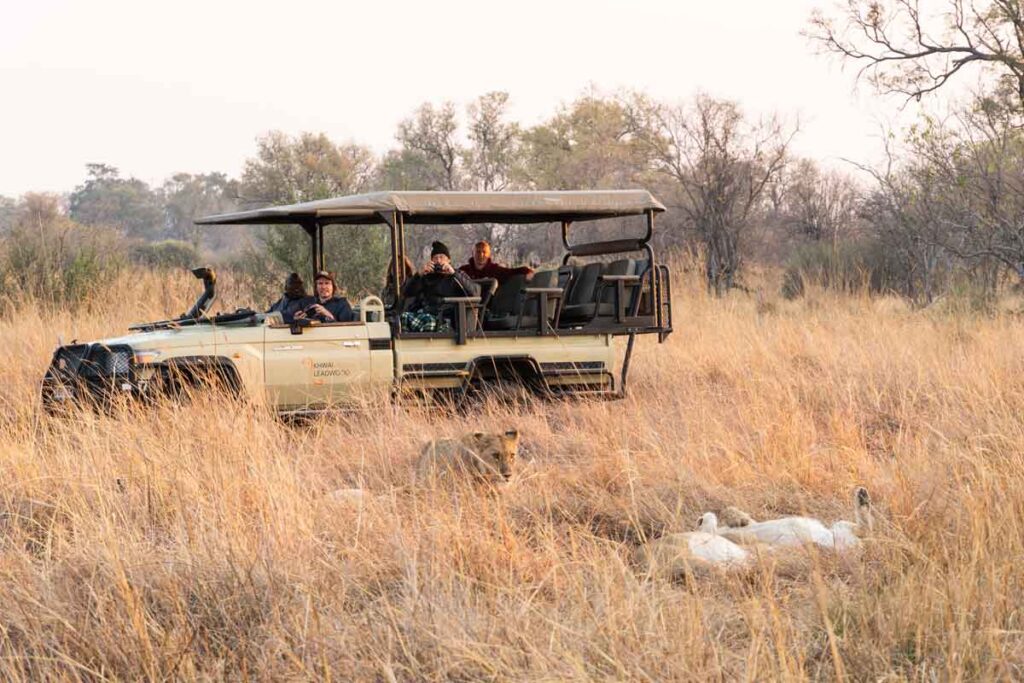Uganda Birding Safaris: The Ultimate Birdwatching Experience in the Pearl of Africa
Uganda Birding Safaris are among the most immersive and unforgettable birdwatching experiences on the African continent. With over 1,065 bird species recorded within its borders, Uganda boasts some of the richest avifauna diversity in the world. For both seasoned ornithologists and casual bird enthusiasts, Uganda birding trips provide unmatched opportunities to explore lush tropical rainforests, sprawling savannahs, wetland sanctuaries, and misty montane regions where some of the rarest and most colorful bird species can be found. Uganda birding safari packages are designed not just to tick off birds from a checklist, but to provide a transformative nature experience that also contributes to conservation and supports local communities.
Tailor-Made Uganda Birding Safaris Packages for Every Traveler ~ Birders
12 Days Uganda Birding Safari and Gorilla Trekking
This 12-day Uganda Birding Safari and Gorilla Trekking Experience by Deks Safaris and Tours Africa is an ornithological expedition through the country’s most ecologically diverse birder.
10 Days Uganda Birding Safari Experience
Uganda the “Pearl of Africa” is a land where lush rainforests, shimmering wetlands, and vast savannahs converge to create one of the most rewarding birding destinations on the continent.
10 Days Uganda Birding Safari in the Savannahs
Embark on a ten-day birding expedition through Uganda’s most celebrated savannahs and forests a journey that captures the very soul of East Africa’s wilderness.
5 Days Uganda Big Five Safari and Gorilla Trekking
The 5 Days Uganda Big Five Safari and Gorilla Trekking Experience is an immersive expedition that unites two of Africa’s most iconic wildlife adventures the search for the legendary Big Five and the encounter with the mountain gorillas.
8-Day Rwanda Birding Safari Itinerary for Birders
Rwanda, known as the “Land of a Thousand Hills,” offers a remarkable diversity of avifauna, ranging from Albertine Rift endemics in lush montane forests to vibrant savannah and wetland species.
9 Days Mid-Range Rwanda Birding & Primate Safari
Rwanda, the “Land of a Thousand Hills,” is a breath-taking amphitheatre of life where mist-draped mountains rise from emerald valleys, and birdsong greets each sunrise like a promise. This 9 Days Mid-Range Rwanda Birding.
10-Day Rwanda Birding Safari to Explore Birds
Rwanda, famously called the “Land of a Thousand Hills,” is a birder’s paradise, boasting over 700 recorded bird species, including 29 Albertine Rift endemics. This 10-Day Rwanda Birding Safari.
12-Day Rwanda Birding Safari Private Itinerary
Rwanda, the “Land of a Thousand Hills,” offers an extraordinary blend of lush forests, rolling savannahs, and volcanic landscapes, making it one of Africa’s premier birding destinations.
12-Day Uganda–Rwanda Birding Excursion Safari
Embark on a mesmerizing 12-day Uganda–Rwanda birding safari journey through Uganda and Rwanda, two of East Africa’s premier destinations for birdwatching, primate encounters, and wildlife viewing.
14-Day Uganda–Rwanda Birding Safari Itinerary
The 14-Day Uganda–Rwanda Birding Excursion Safari is designed to offer a complete immersion into the rich biodiversity and striking landscapes of East Africa. This expedition spans the prime birding.
16-Day Uganda–Rwanda Birding Excursion Safari
Embark on an unparalleled 16-Day Uganda–Rwanda Birding Safari journey into the heart of East Africa, designed for avid birders, wildlife enthusiasts, and nature photographers. This safari combines.
18-Day Uganda & Rwanda Birding Excursion Safari
Embark on an extraordinary 18-day birding excursion safari and wildlife expedition across Uganda & Rwanda, two of East Africa’s premier biodiversity hotspots. Designed for avid birders, nature lovers.
18-Day Uganda Bird Watching Safari
Uganda, famously known as the “Pearl of Africa,” offers an unparalleled birding and wildlife experience. This 18-day Uganda Bird Watching Safari has been meticulously designed by Deks Safaris and Tours.
18-Day Uganda Birding Safari Private
Uganda is a paradise for bird enthusiasts, boasting over 1,050 recorded species, including Albertine Rift endemics and rare wetland birds. This 18-Day Uganda Birding Safari is a meticulously curated adventure.
20-Day Uganda Birding Excursion Safari
Embark on an extraordinary 20-Day Uganda Birding Excursion Safari with Deks Safaris and Tours through Uganda’s lush landscapes, from sprawling wetlands and savannas to pristine rainforests. This 20-Day Uganda.
7 Days Rwanda Birding Safari Private Tour
Rwanda, often called the “Land of a Thousand Hills,” offers an extraordinary birding experience thanks to its diverse ecosystems, ranging from wetlands and savannahs to dense montane forests and volcanic highlands.
14 Days Uganda Birding Safari Private Itinerary
Uganda, often called the “Pearl of Africa”, is a haven for birdwatchers, boasting over 1,000 bird species, including rare Albertine Rift endemics and iconic species like the Shoebill Stork. This 14 Days Uganda Birding Safari.
16-Day Uganda Birding Excursion Safari Itinerary
Uganda, known as the “Pearl of Africa,” is one of the premier birding destinations on the continent, boasting over 1,000 recorded species across diverse ecosystems, from wetlands to montane forests and savannahs.
Uganda 18-Day Birding Safari Private Tour
Uganda, known as the “Pearl of Africa,” is a birdwatcher’s paradise, boasting over 1,050 recorded bird species across a variety of habitats, from dense rainforest and papyrus swamps to savannah plains and crater lakes. This Ultimate Uganda 18-Day Birding Safari
20-Day Uganda–Rwanda Birding Excursion Safari
Embark on an extraordinary 20-day birding excursion safari across Uganda and Rwanda, two of East Africa’s most biodiverse and scenic countries. This safari is designed for avid birders and wildlife enthusiasts seeking rare and endemic species
27 Days Uganda Rwanda Kenya Tanzania Safari
Every once in a lifetime, a journey calls that transforms how one sees the world an adventure that reconnects travelers to the earth, to wildlife, and to the deep human heritage of Africa. The 27 Days Uganda Rwanda Kenya Tanzania Safari.
Uganda Rwanda Best Gorilla Trekking Safari Holidays
Uganda Gorilla Trekking 3-Day Safari
A life-changing journey into the misty highlands of southwestern Uganda with our Uganda Gorilla Trekking 3-Day Safari in Mgahinga Gorilla National Park.
Uganda Rwanda Gorilla Trekking 5-Day Safari
Affordable and Super-adventurous Uganda Rwanda Gorilla Trekking 5-Day Safari with 2 gorilla treks in Bwindi and Volcanoes National Park as well as canoe trekking.
Uganda Primates Tour 5-Day Safari
Uganda is often hailed as the “Pearl of Africa” due to its unmatched natural beauty and diverse wildlife. For wildlife enthusiasts and adventure travelers.
Rwanda Uganda Gorilla Trekking 4-Day Safari
An unforgettable adventure through the heart of East Africa on this Rwanda Uganda Gorilla Trekking 4-Day Safari, masterfully curated by Deks Safaris & Tours Ltd.
Uganda Gorilla & Golden Monkey 4-Day Safari
Uganda, often referred to as the “Pearl of Africa,” offers some of the most extraordinary wildlife experiences on the planet. With its diverse ecosystems, rich wildlife.
Ultimate 8-Day Rwanda Uganda Safari
A life-changing journey through two of Africa’s most captivating countries with the Ultimate 8-Day Rwanda Uganda Safari. Designed by Deks Safaris & Tours
Uganda Gorilla Trekking & Chimps 6-Day Safari
Experience the very best of Uganda’s wildlife and primate adventures with our unforgettable 6-Day Uganda Gorilla Trekking, Wildlife & Chimps Safari.
9-Day Uganda Gorilla & Wildlife Safari
Embark on an unforgettable 9-day all-inclusive Uganda Gorilla & Wildlife Safari with Deks Safaris & Tours Ltd, designed for travelers seeking both the thrill of the wild.
Uganda Gorilla & Golden Monkey 4-Day Safari
Embark on an unforgettable journey through the pristine wilderness of Uganda and Rwanda with this 4-Day Uganda Gorilla Trekking and Golden Monkey.
12-Day Uganda Gorilla & Wildlife Safari
Welcome to the all-inclusive 12-day Uganda Gorilla & Wildlife Safari brought to you by Deks Safaris & Tours Ltd – your ultimate gateway to unforgettable primate.
Uganda Chimps & Gorilla Trekking 5-Day Safari
Embark on an extraordinary Uganda Chimps & Gorilla Trekking 5-Day Safari with Deks Safaris & Tours, where you’ll immerse yourself in the pristine wilderness.
Rwanda Uganda Gorilla Trekking 7-Day Tour
This Rwanda Uganda Gorilla Trekking 7-Day Tour is exceptionally designed for you who cherishes more time with the mountain gorillas as well as the other primates.
Why Choose Uganda for Birding Safaris?
Exceptional Biodiversity & Unique Endemic Species. Uganda’s location in the Albertine Rift Valley and along the Equator makes it a hotspot for avian biodiversity. It harbors a wide range of habitats—ranging from Afro-montane forests, lowland tropical rainforests, swamps, lakeshores, savannahs, to high-altitude moorlands—supporting bird species from Central, Eastern, and Southern Africa. Birding in Uganda rewards visitors with sightings of over 24 Albertine Rift endemics such as the African Green Broadbill, Rwenzori Turaco, Shelley’s Crimsonwing, and the Grauer’s Swamp Warbler. Whether it’s your first birding safari in Uganda or a return trip, the country offers an ever-evolving catalog of avian wonders.
Can You Combine Uganda Birding Safaris with Gorilla Trekking?
Yes, and It’s Highly Recommended! Many of our Uganda birding safari packages can be seamlessly combined with Gorilla Trekking in Bwindi Impenetrable National Park or Mgahinga Gorilla National Park. This unique blend of Uganda Gorilla Trekking and birding safaris not only enhances your wildlife safari holiday but also allows travelers to experience two of Uganda’s most extraordinary natural offerings in one journey. Bwindi alone boasts over 350 bird species, including 23 Albertine Rift endemics, making it perfect for both birders and primate lovers.
What Cultural Experiences Can You Add to Your Uganda Birding Tours?
To make your Uganda birding trips more immersive, Deks Safaris & Tours also incorporates cultural activities that showcase Uganda’s diverse heritage. Engage with the Batwa pygmies in the Bwindi region and learn about their forest-dwelling traditions. Visit the Karamojong communities near Kidepo Valley or explore Buganda heritage sites around Lake Victoria. These cultural insights complement the natural wonders you’ll witness, deepening your understanding of Uganda as a land rich in both biodiversity and tradition.
When Is the Best Time for Birding Safaris in Uganda?
Birding safaris in Uganda are rewarding throughout the year. However, the dry seasons (December–February and June–August) offer better visibility and access to trails. Migratory birds from Europe and Northern Africa arrive between November and April, adding even more color to the skies. The wet seasons (March–May and September–November) are excellent for observing breeding behaviors, nest-building, and courtship displays, especially in forest and wetland areas.
What Makes Deks Safaris & Tours a Trusted Uganda Birding Safaris Operator?
Deks Safaris & Tours is a recognized and reliable provider of Uganda birding safari packages, with years of on-ground experience and a deep commitment to conservation and community-based tourism. Our professional birding guides possess expert field knowledge, use quality optics, and ensure ethical birding practices. Whether you’re seeking short Uganda birding tours near Entebbe or extended Uganda birdwatching safaris through multiple parks, our itineraries are tailored to suit your interests, budget, and travel goals.
We don’t just offer safaris—we craft insightful nature journeys that speak to the heart of responsible travel, providing meaningful connections with nature, local cultures, and conservation causes. With Deks Safaris & Tours, you can be assured of a high-quality Uganda safari holiday that delivers value, education, and unforgettable experiences.
Book Your Uganda Birding Safari Today
Are you ready to embark on a world-class birding safari in Uganda? Whether you dream of spotting the elusive Shoebill in Mabamba, photographing Albertine Rift endemics in Bwindi, or blending Uganda Gorilla Trekking with forest birding, Deks Safaris & Tours is here to turn your birdwatching aspirations into reality. Contact us today to tailor your perfect Uganda birding trip and explore our hand-picked Uganda birding safari packages designed for every level of birder.


